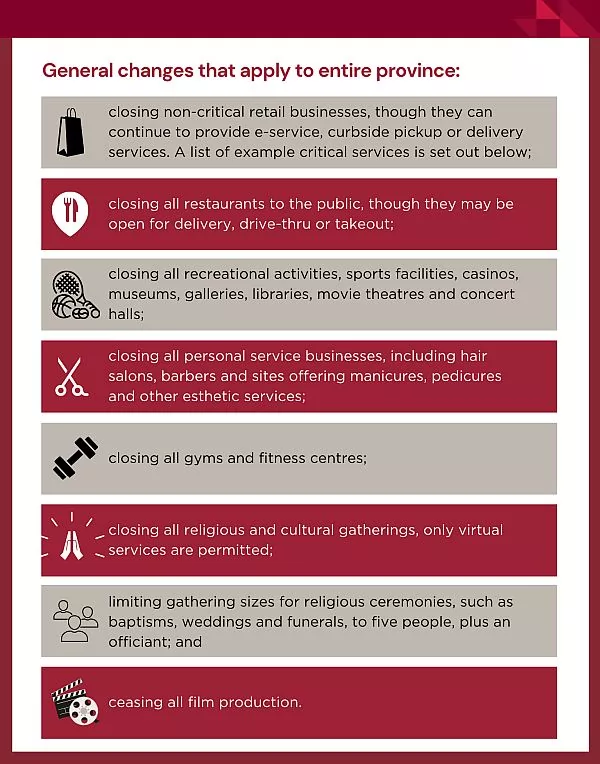Earlier this month, the Christchurch High Court released two decisions resolving the five remaining appeals against the decision of Canterbury Regional Council (ECan) on Plan Change 5 (PC5) to the Canterbury Land and Water Regional Plan (LWRP).
Four appeals lodged by Barrhill Chertsey Irrigation Limited, Irrigation New Zealand Incorporated, Dairy Holdings Limited and Rangitata Diversion Race Management Limited, largely concerned the policy framework as it relates to irrigation schemes and the Good Management Practice (GMP) modelling proxies introduced by Part A of PC5 to inform the Farm Portal (portal). The portal is a web-based tool developed to provide users with an estimate of nutrient leaching losses for farming activities. An appeal, lodged by Waitaki Irrigators Collective Limited, concerned rules located in the Waitaki sub-region chapter, Part B of PC5.
With respect to the Part A appeals, the High Court decision addressed a joint memorandum where all remaining parties agreed to resolve the appeals by way of consent. The decision accepts that errors of law were made by the Independent Hearings Panel appointed by ECan to determine PC5, and ordered amendments to:
- Policy 4.41C(b) to confirm that irrigation schemes and principal water suppliers have access to the alternative pathway (an alternative to using the portal); and
- Method s28.4 to re-insert an exception to GMP for cropping blocks using travelling and sprayline irrigation systems on medium soils.
PC5 provides that the rules in Part A will have legal effect on the date they become operative i.e. on a date to be publically notified by ECan. Rules relating to aquaculture and the majority of rules relating to the use of land for a farming activity in the Waitaki sub-region have had legal effect from the date PC5 was notified in February 2016.
In order to remain a permitted activity once the rules become operative, it will be necessary for most low intensity farming operations in Canterbury to register their farming activity in the portal by a specified date1, update the information in the portal every 36 months, and have a management plan in place within 12 months. Any farming activity that is unable to comply with the permitted activity rules will need to obtain resource consent.
From the date the rules become operative - until 30 June 2020 applications for resource consent will need to show that the farming activity complies with the nitrogen baseline for the property, which is the discharge of nitrogen below the root zone as modelled by Overseer for the period 1 January 2009 – 31 December 2013. From 1 July 2020 the rules tighten and operators will need to show that the farming activity complies with the Baseline GMP Loss Rate, which is the average nitrogen loss rate below the root zone as estimated by the portal for the nitrogen baseline period, if operated at good management practice. Some farming activities within certain nutrient allocation zones will be prohibited where they cannot meet specified rules.
PC5 also includes a suite of rules (referred to as the alternative consenting pathway) to address the scenario where a property is subject to more than one set of nutrient management rules, or Overseer cannot accurately model the farming activity and therefore the portal is unable to generate a Baseline GMP Loss Rate or a GMP Loss Rate. GMP Loss Rate is the average nitrogen loss rate below the root zone as estimated by the Farm Portal for the most recent four year period and will be a relevant matter for ECan when assessing applications for resource consent. GMP Loss Rate will be a key consideration where a farming activity has changed post the baseline period.
Industry stakeholders are concerned that the internal workings of the portal require fine tuning to ensure that the numbers produced take into account that GMP varies from farm to farm depending on a variety of issues including soil types, crop types and rainfall zones. The expectation is that ECan will re-establish a working group to address these concerns.
Policies and rules in a sub-region chapter of the LWRP prevail over the general nutrient management provisions contained in Part A.
1 The date is not yet clear as the date in the decisions version of PC5 has already past.
The content of this article is intended to provide a general guide to the subject matter. Specialist advice should be sought about your specific circumstances.

